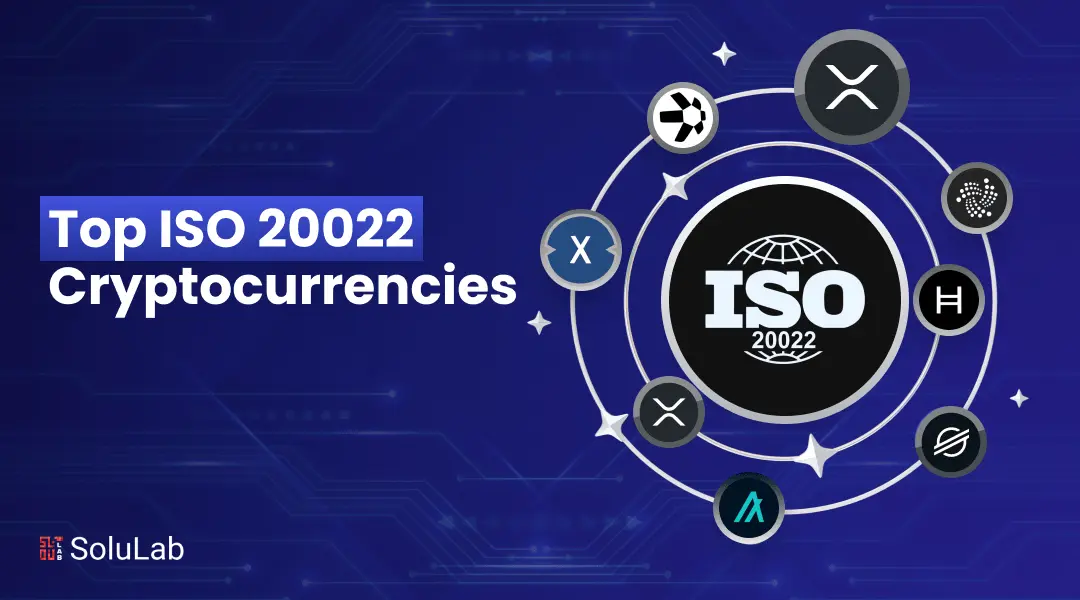- Ripple leads ISO 20022 shift, boosting XRP’s cross-border payment role.
- Hedera, Algorand, XDC strengthen institutional trust through compliance readiness.
- U.S. Fedwire adopts ISO 20022, raising XRP community expectations.
According to Altcoin Buzz, the rollout of the ISO 20022 financial messaging standard is creating major opportunities for Ripple, Hedera, Algorand, and XDC Network. The projects are one of the few digital assets that can fit into the framework, which can provide them with a potential advantage as banks and institutions migrate to the updated system.
ISO 20022 was meant to modernize financial communication, where secure, structured, and detailed information can be exchanged among institutions. It promotes quicker settlement, increased interoperability, and enhanced transparency between networks. Among thousands of cryptocurrencies, only eight are confirmed to be compliant, and the newest ones put Ripple, Hedera, Algorand, and XDC at the center stage.
Also Read: Alert for XRP and HBAR Holders: Warning Signal Flashes on Chart – Here’s What’s Happening
Ripple, Hedera, Algorand, and XDC Gain Institutional Appeal
Ripple has maintained a leadership position since becoming the first crypto firm to join ISO 20022 in 2020. Its On-Demand Liquidity solution eliminates the need for pre-funded accounts by using XRP to transfer value across borders. By converting fiat into XRP and back at the receiving end, Ripple provides speed, security, and efficiency that fit well with institutional demands.
Hedera is known to be enterprise-grade. It was developed on the HashGraph platform instead of a blockchain and focuses on high scalability and low cost. Big companies such as Google and IBM are part of its governance council.
Altcoin Buzz emphasized that Hedera’s ISO 27001 certification and adherence to the Secure by Design pledge make it a safe choice among institutions handling sensitive data.
Algorand is also picking up pace because of its efficiency, energy-conscious model, and regulatory attractiveness. The network is compatible with instant transaction finality and large throughput, which makes it applicable in central bank digital currency projects.
Partnerships targeting biometric and offline payments further reinforce its readiness to enter regulated markets. Algorand is also involved in the tokenization of financial assets such as U.S. Treasury ETFs.
Less noticeable, XDC Network was designed expressly for trade finance and enterprise use cases. It employs a delegated proof-of-stake hybrid blockchain to strike the right balance between confidentiality and compliance. The network also allows asset tokenization and offers institutions with sensitive transactions the opportunity to have their own subnetworks.
ISO 20022 Goes Live in the U.S.
The XRP community celebrated a key development: ISO 20022 officially went live on July 14 through the U.S. Fedwire Funds Service. This shift aligned the country with global systems, such as Europe and SWIFT, and brought more transparency and quickness in transaction processing.
This upgrade has a direct benefit on RippleNet, which is a network designed with the integration of ISO 20022 in mind. Although XRP is not an ISO 20022-compliant currency, it acts as a bridge currency in the RippleNet system, enhancing liquidity transfers and making it more useful when making cross-border payments.
Ripple, Hedera, Algorand, and XDC are the only crypto assets tied to ISO 20022, joining Cardano, Stellar, Quant, and IOTA. Their early readiness positions them to benefit as adoption expands worldwide.
Also Read: SKALE (SKL) Price Prediction 2025–2030: Can SKL Hit $0.129 Soon?
